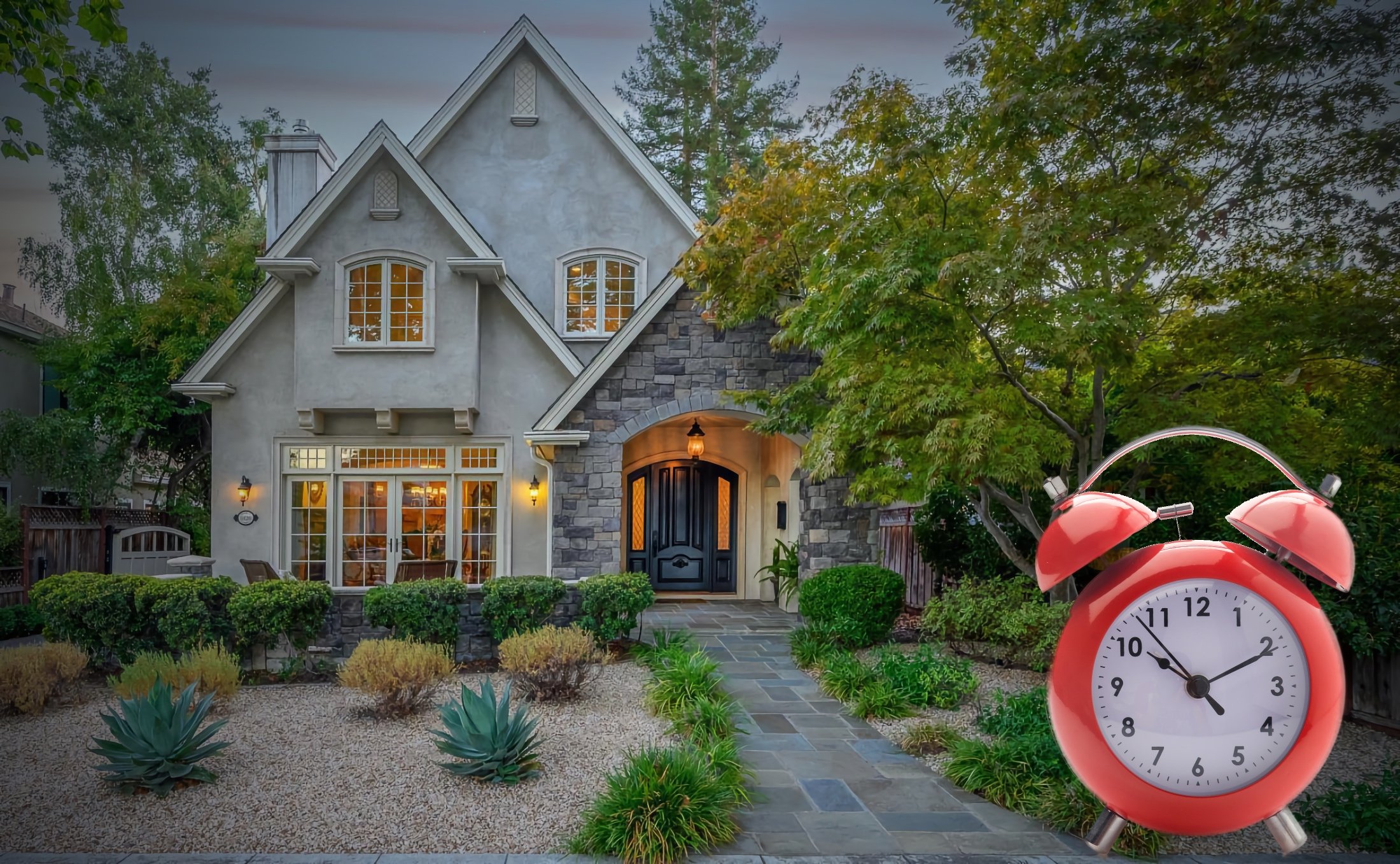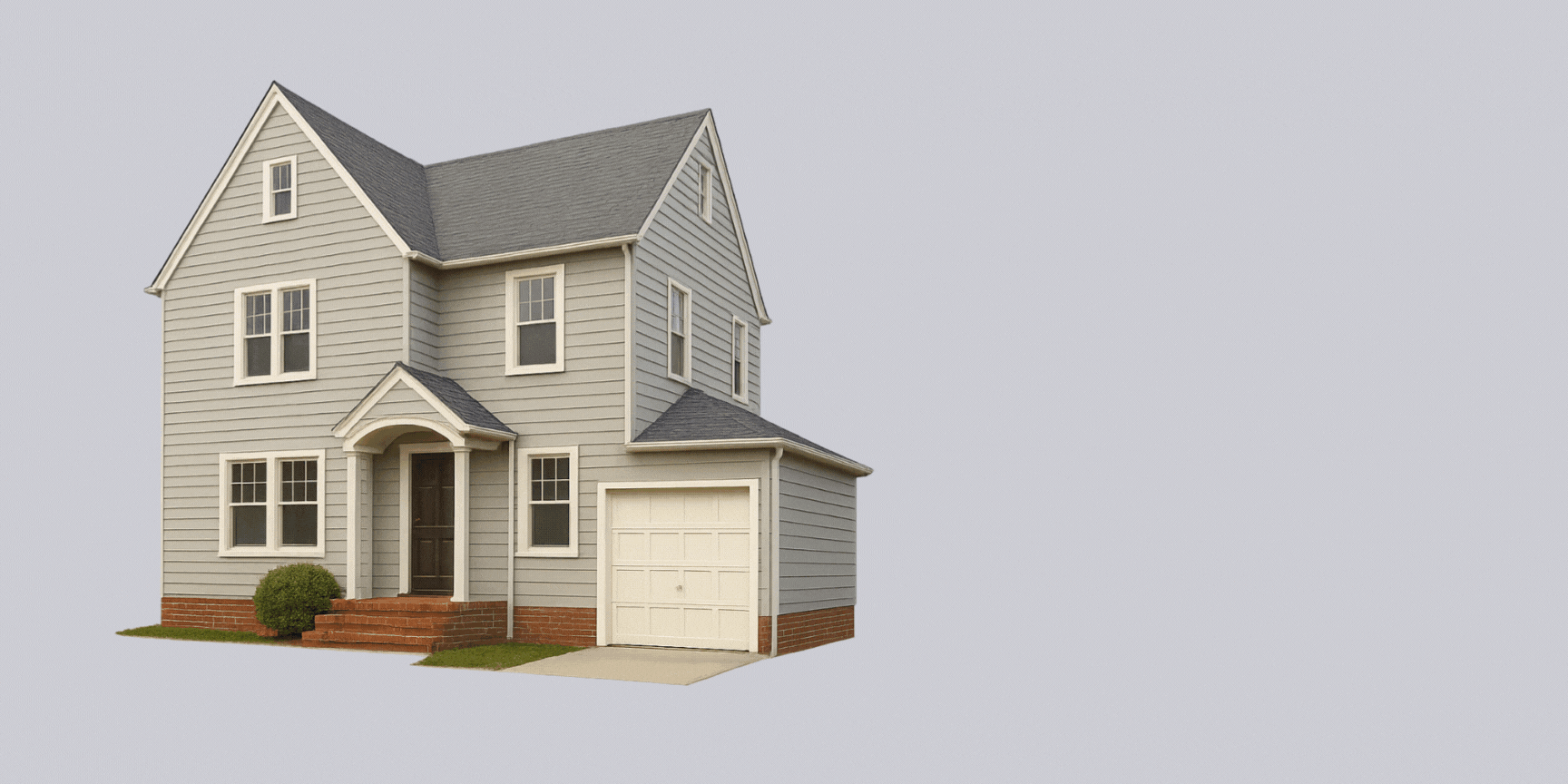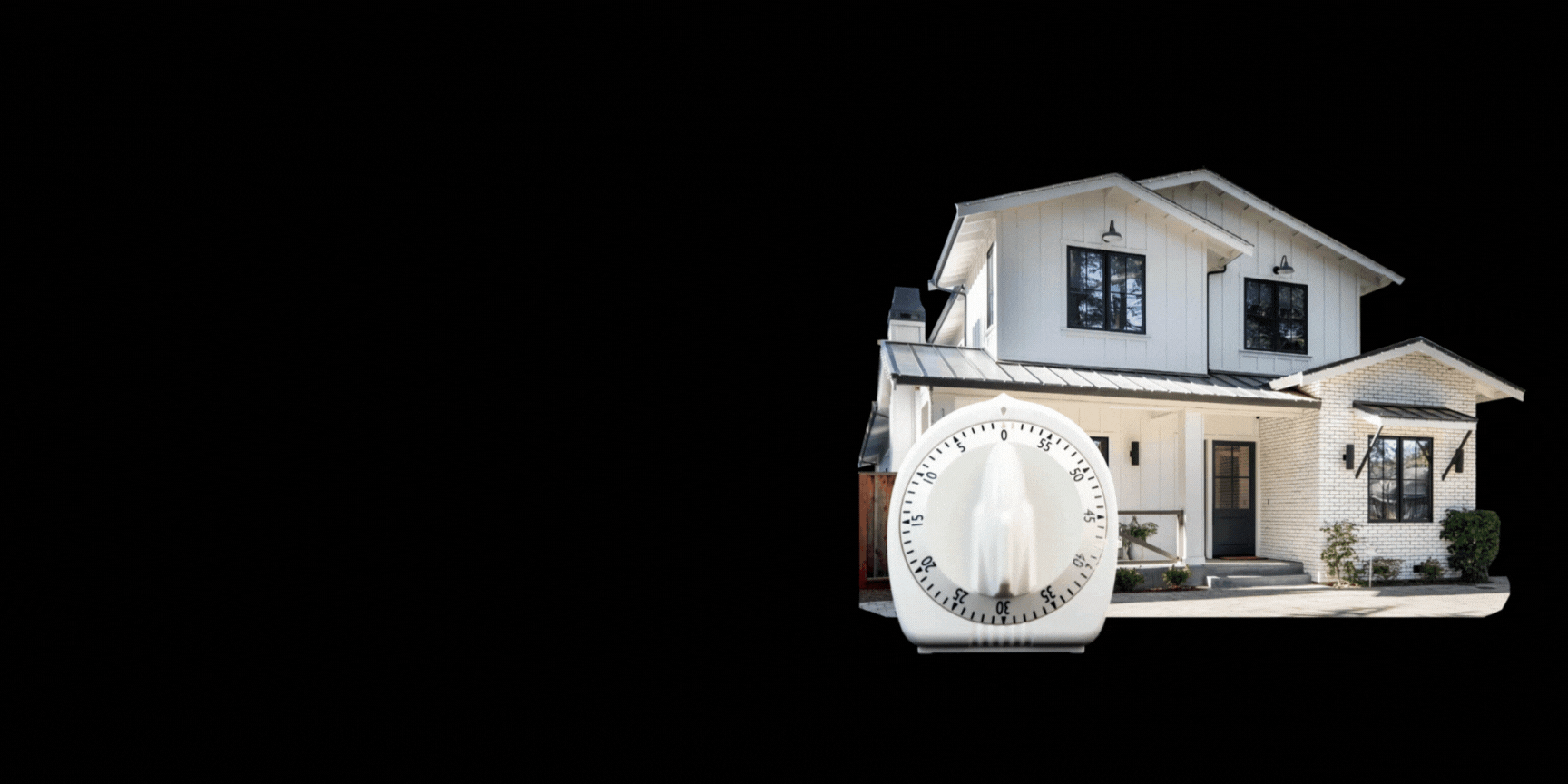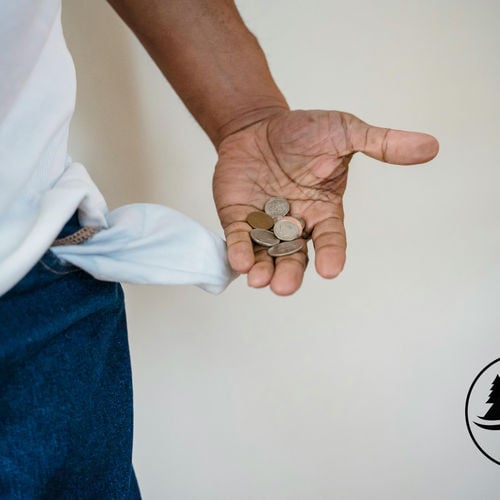Deciding when to sell your home in Silicon Valley is one of the biggest financial decisions you’ll make. While many sellers focus on seasonality—whether spring, summer, fall, or winter is the best time to list—there are larger forces at play, such as market cycles, economic conditions, and personal financial planning. Timing the market for peak pricing is tricky, but understanding historical trends, economic indicators, and your own future housing plans can help guide your decision.
So, is there an optimal time to sell your home in Silicon Valley? Let’s break it down by exploring seasonal trends, market cycles, economic indicators, and strategic timing considerations for homeowners looking to maximize their sale price and future financial stability.
The Key Factor Driving Market Timing
Making the decision to put your home up for sale is one that almost nobody makes lightly, since in most cases, you’ll be selling your single biggest asset. It’s not surprising that people are very cautious about this, since a mis-step could be financially disastrous.
Today in 2025, we are at what could well be the end of a decade-plus of home price appreciation. While real estate markets rarely move straight up or down without interruption over such a long term, it is clear that home prices are up sharply since the market bottomed out following the 2008 Great Recession.
Anyone thinking of selling their home needs to ask themself this very simple question: if I knew – if I was sure – that by waiting to sell for six months or a year from now, that by doing so, I would lose $50,000 or $100,000 – would I still have to wait?
If the answer is yes, then the question is academic. If the answer is no, then the way forward is clear: you should put your home up for sale as soon as possible.
The reason is that we are somewhere near all-time peak pricing for real estate in the United States. It’s true that in some markets we are off the peak, but not by much. And regardless if we are past-peak, at-peak, or near-peak, there is far greater risk that the markets will suddenly plunge than that they will suddenly skyrocket.
That’s why the question “if you knew that by waiting you would lose $50K or $100K” is so prescient, it helps sellers understand very clearly what is at stake. If you could not afford to lose that much money, then waiting to sell at a later date is certainly ill advised.
Pricing is Key to Hit the Best Timing
When it comes to pricing a home, many sellers get it wrong – that is to say, they over-price their homes – because they make the classic mistake of thinking of A price, rather than a pricing strategy, that will get them the very highest price the market will bear.
When homeowners consider what price to list their home for sale, they often peg it somewhere around what they think it is worth. This is a huge mistake, since almost always, sellers think it is worth more than buyers do. It is human nature to over-value things we own, so nobody can be faulted for thinking this, but it’s important to understand this tendency.
Overpricing a home leads to longer time on market; longer time on market is highly correlated with lower sale prices.
Conversely, shorter time on market is correlated with higher prices. So the pricing strategy that sellers should use is to assure that they will sell their homes quickly, because doing so will statistically result in getting a higher price.
Counterintuitively, this means pricing your home low, so that it is the obvious choice – the one that clearly presents the greatest amount of value to buyers. When a home is the obvious choice, it is the one that buyers will want to see first, and write offers on first, before any other competing homes. This allows the seller to negotiate with multiple competing buyers at one time.
By setting a low price for your home, you are leveraging the fundamental economic principle of supply and demand. A low listing price will increase demand for your property. You only have one home to sell, so the supply is fixed – and when demand goes up, so does the price.
The only risk to this pricing strategy is that you must not accept the first offer that comes along (unless it’s a jaw-dropping, unbeatable offer, of course). You must be prepared to negotiate with buyers and accept an offer only once it is clear that you have identified the one buyer willing to pay more for your house – and on better terms – than any other buyer currently in the market for a hone like yours.
This strategy works in all markets: high demand markets, weak markets, rural, urban, suburban – wherever, whenever. That’s because the law of supply and demand is like the law of gravity: it is universal and fundamental, and drives pricing in every market, everywhere, past, present, and future.
Understanding this foundational concept of real estate pricing will make all the difference for homeowners looking to sell in 2025 and beyond.
Seasonality: The Best Time of Year to Sell a Home
One of the first timing factors sellers consider is seasonality. Real estate activity fluctuates throughout the year, with certain seasons being historically better for home sales. Here’s how each season stacks up:
Spring: The Peak Selling Season
- Pros:
- Highest buyer demand, leading to faster sales and higher prices.
- Warmer weather and longer daylight hours make home shopping easier.
- Families want to move before the next school year begins.
- Cons:
- More competition from other sellers.
- Buyers may be pickier since they have more choices.
Spring is typically the best time to sell, especially in areas with harsh winters. Homebuyers come out in full force, and well-prepared homes often receive multiple offers.
Summer: Demand Continues, albeit weaker
- Pros:
- High buyer activity carries over from spring.
- School-aged children are on break, making moving easier for families.
- Homes show well in summer light.
- Cons:
- Vacation season can slow activity in certain markets.
- Competition remains high from spring listings still on the market.
While summer remains a strong time to sell, buyers may become more selective, especially in hot climates where house hunting in the heat isn’t appealing.
Fall: A Second Wind for Sellers
- Pros:
- Less competition as many spring/summer listings have sold.
- Buyers are serious—fewer “lookers.”
- Cooler weather and fall aesthetics can enhance curb appeal.
- Cons:
- Fewer buyers in the market, especially after September.
- Families with school-aged kids are less likely to move.
Fall can be a great time to sell, especially for homes in desirable neighborhoods with strong school districts. Buyers in this season are often highly motivated.
Winter: A Surprisingly Viable Option
- Pros:
- Less competition from other sellers.
- More serious buyers—those shopping in winter usually need to move quickly.
- Some markets (e.g., ski towns, warm climates) have peak demand in winter.
- Cons:
- Shorter days and bad weather can make homes less appealing.
- Holiday season distractions mean fewer buyers.
While winter isn’t the first choice for many sellers, serious buyers who need to relocate (job changes, tax reasons, life events) are still in the market, and competition from other sellers is at its lowest.
Beyond Seasonality: Timing the Market for Peak Pricing
Many homeowners wonder whether they can time the market to sell at peak pricing—but is it even possible?
Understanding Real Estate Market Cycles
Real estate markets go through identifiable cycles, generally broken down into four stages:
- Recovery: Prices stabilize or start to rise after a downturn.
- Expansion: Demand grows, inventory tightens, and prices climb.
- Peak: Home prices reach their highest point before plateauing or declining.
- Correction/Recession: Sales slow, inventory rises, and prices soften.
The challenge is identifying when you’re at – or really, approaching – the peak—a feat even professional analysts struggle to pinpoint in real-time. Many homeowners wait too long, only realizing the peak has passed after prices start to fall.
Economic Indicators That Signal a Market Shift
If you’re looking to time the market, watch these key indicators:
- Home Price Appreciation Trends: Rapid price increases often precede a slowdown.
- Mortgage Rates: Rising rates typically reduce buyer affordability, softening demand.
- Inventory Levels: A sudden increase in listings may indicate a shift toward a buyer’s market.
- Days on Market (DOM): If homes start taking longer to sell, demand is cooling.
- Job Market Strength: A strong economy supports home values; job losses can trigger declines.
Rather than trying to perfectly time the peak, it’s often better to sell when market conditions are strong rather than risk missing the window and selling in a declining market.
Timing Your Sale If You Plan to Buy Another Home
If you’re selling your home to buy another property, the timing decision becomes even more complex. You’re balancing both the selling and buying sides of the market.
Selling & Buying in the Same Market
- If prices are rising, selling sooner locks in your gains before affordability worsens for your next home.
- If prices are falling, waiting might mean selling for less, but you’ll also buy for less, making the trade-off more manageable.
- Consider a rent-back agreement or temporary rental if you need time to find your next home without feeling rushed.
Selling in One Market, Buying in Another
If you’re moving to a market with lower home prices, selling at peak pricing can give you more buying power in your new location. However, if you’re moving to a more expensive area, waiting may mean higher costs on the buy side.
Selling to Prepare for Retirement: Now or Later?
For homeowners nearing retirement, selling a home is not just about maximizing sale price—it’s also about financial security and lifestyle planning.
Reasons to Sell Now
- Lock in today’s high home values rather than risking a future downturn.
- Reduce maintenance costs and property taxes by downsizing sooner.
- Free up home equity to invest for retirement income.
Reasons to Wait
- If home prices are still appreciating, waiting may yield more profit.
- Staying in your home longer may allow you to pay off your mortgage before selling.
- You may not be ready to move yet—selling before you’re mentally prepared can lead to regret.
A balanced approach is to sell when market conditions are favorable but also when it aligns with your personal retirement goals and financial needs.
Final Thoughts: How to Decide When to Sell
Timing the sale of your home is about more than just seasonality—it’s about aligning market conditions, personal financial goals, and future housing needs.
Key Takeaways:
- Spring and summer generally offer the highest sale prices and fastest sales.
- Fall and winter can be great for serious buyers and less competition.
- Market cycles are real, but predicting the peak is difficult.
- Economic indicators like mortgage rates, inventory levels, and days on market can signal shifts.
- If you’re buying after selling, consider how market conditions affect your next purchase.
- Retirement sellers should weigh current home values against long-term financial planning.
Ultimately, the best time to sell is when it makes the most sense for you and your financial future—not just what the market is doing at any given moment.
Silicon Valley Luxury Homes for Sale
2
3
4
5
6
7
8
9
10
11
12
13
14
15
16
17
18
19
20
21
22
23
24
25






